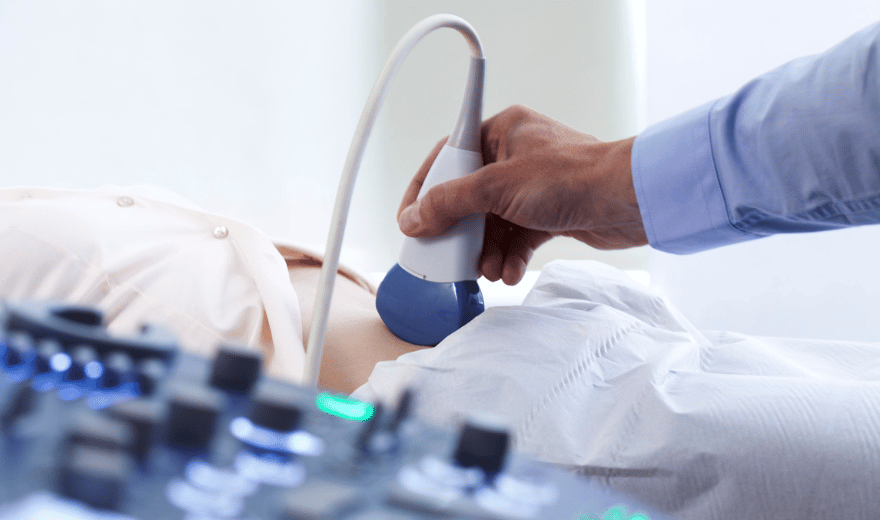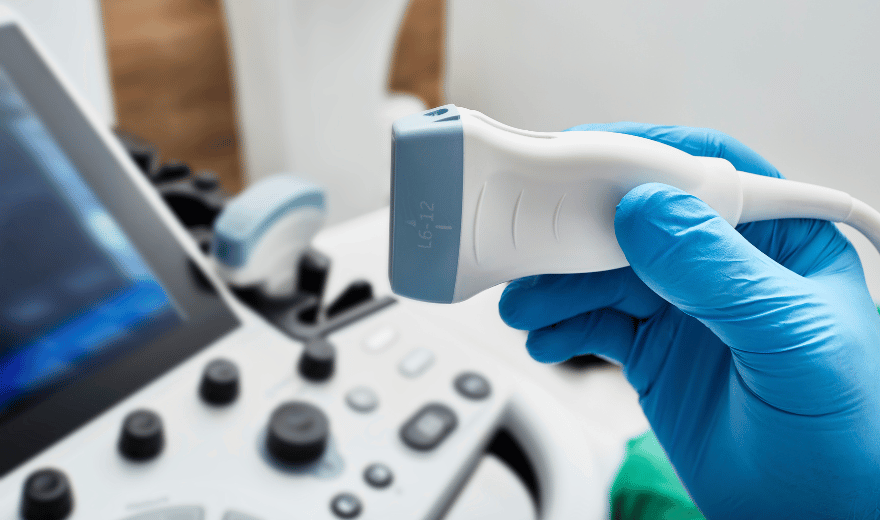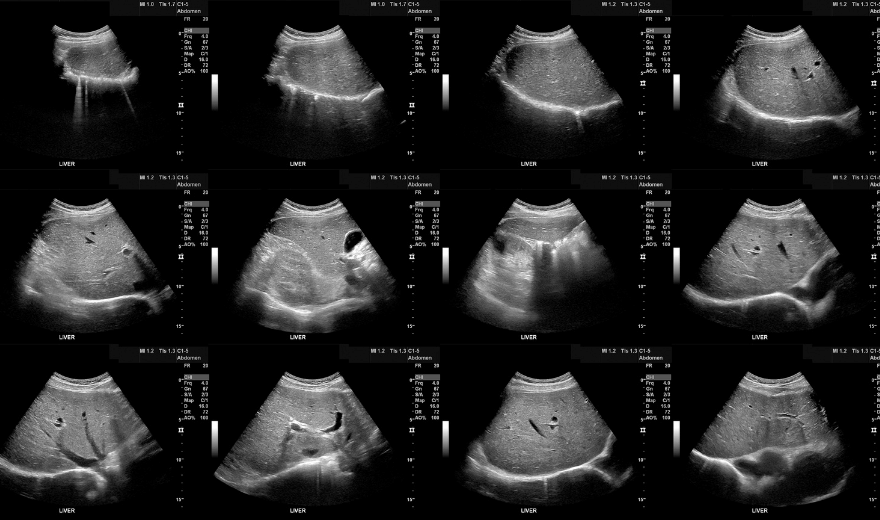News, Articles and Information
Preparation and updates
Explore the procedure and preparation of each test as well our blogs and news
involves sending sound waves into the body. These sound waves reflect off the internal organs and are recorded by special instruments that create images of anatomic parts.
In cases when the appendix is not clearly visualized during a clinic-based ultrasound, a hospital-based ultrasound as an outpatient may be needed.
pelvic ultrasound is most often used to examine the uterus and ovaries and, during pregnancy, to monitor the health and development of the embryo or fetus
If an ultrasound is required early in your pregnancy, you will be required to have a full bladder for the procedure.
A radiologist (a physician experienced in ultrasound and other radiology examinations) will analyze the images and send a signed report with his or her interpretation to the patient’s personal physician.
An abdominal ultrasound image is a useful way of examining internal organs, including the liver, gallbladder, spleen, pancreas, kidneys, and bladder.
Radiography equipment consists of a large, flat table with a drawer that holds a tray into which an x-ray film cassette is placed.
This is a painless procedure. The primary discomfort may come from the coldness of the recording plate.
Do not wear deodorant, talcum powder, or lotion under your arms or on your breasts on the day of the exam. These can appear on the x-ray film as calcium spots.









